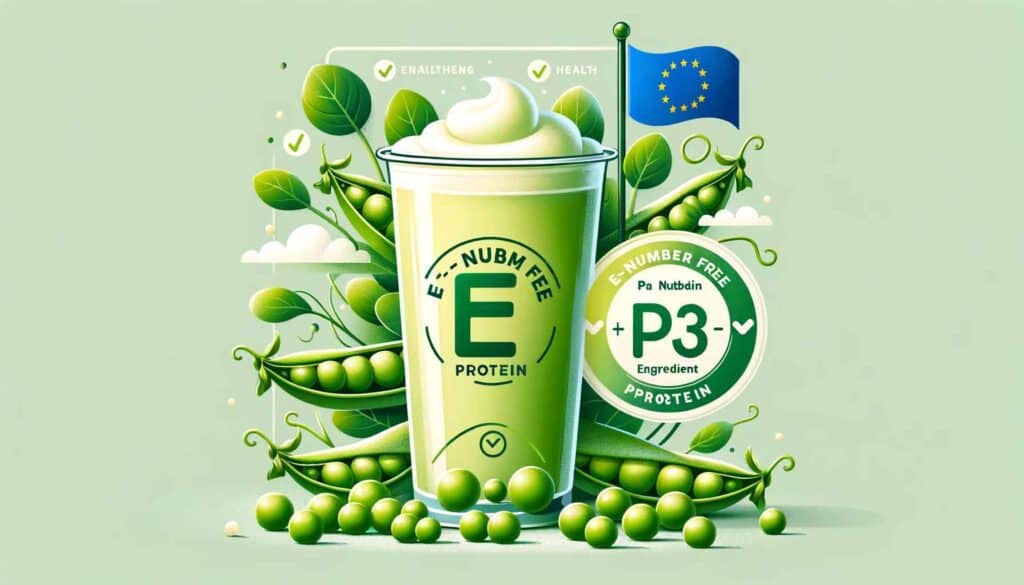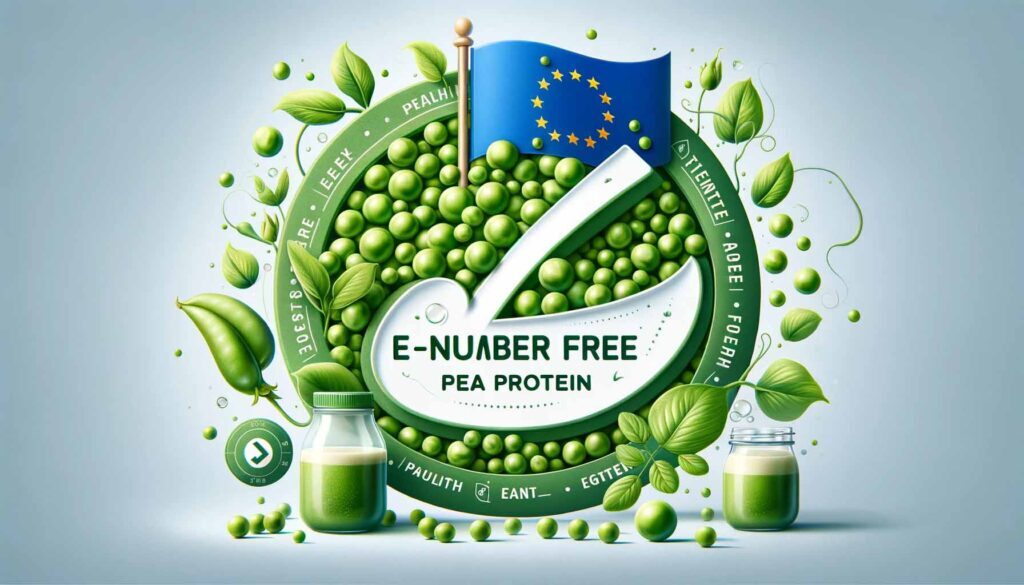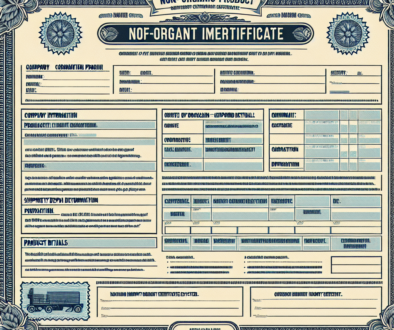Pea Protein in the EU: Understanding Its E-Number Free Advantage
Explore pea protein’s E-number free advantage in the EU Europe, highlighting ETprotein’s commitment to natural, safe, and nutritious ingredients.
Introduction: In an era where food transparency and health-conscious eating are paramount, the discussion around E-Numbers in food products has become increasingly relevant in the European Union (EU). As consumers in Europe grow more vigilant about what they consume, the demand for E-number free products is rising. Among these, pea protein emerges as a noteworthy example, offering a blend of health benefits without the inclusion of E-Numbers.
1. What is an E-Number in the EU? EU Regulations Regarding E-Number:
E-Numbers are codes designated to substances used as food additives within the EU and are approved for use by the European Food Safety Authority (EFSA). These include colors, preservatives, antioxidants, and flavor enhancers. EU regulations ensure that any additive used in food, represented by an E-Number, undergoes rigorous safety assessments before approval and subsequent labeling. This system aims to safeguard consumer health and provide clear information.
2. Why Being E-Number Free is Important for Consumers:
Many consumers associate E-Numbers with artificial and potentially harmful substances, leading to a preference for E-number free products. This perception is driven by concerns over artificial additives’ long-term health impacts and a general preference for more ‘natural’ food products. E-number free labels are thus seen as indicative of cleaner, simpler, and safer food choices.
3. What is Pea Protein?
Pea protein is a high-quality plant-based protein derived from peas. It has gained popularity due to its nutritional profile, being rich in essential amino acids and free from dairy and gluten. This makes it an excellent protein source for vegans, vegetarians, and those with specific dietary restrictions.
4. Production Process of Pea Protein:
The production of pea protein involves several natural processes. It starts with cleaning and washing the peas, followed by grinding them into a fine powder. This powder is then mixed with water to form a slurry, which undergoes enzymatic hydrolysis to break down proteins into smaller, easily extractable molecules. After hydrolysis, the slurry is filtered, and the pea protein is separated through ultrafiltration, concentrated, and dried into a powder. This process, notably, does not involve additives that require E-Numbers.
5. Why Pea Protein is E-Number Free:
Pea protein’s E-number free status stems from its production process, which relies on mechanical and enzymatic methods rather than chemical additives. The natural extraction and filtration methods ensure that the final pea protein product is free from artificial preservatives, colors, or flavor enhancers, aligning with the E-number free criteria.
6. ETprotein’s E-Number Free Pea Protein in the EU:
ETprotein is dedicated to providing high-quality, E-number free pea protein in the EU Europe. Our production process adheres strictly to EU regulations, ensuring that our pea protein is not only nutritious but also safe and clean. By choosing ETprotein’s pea protein, consumers and manufacturers can be assured of a product that aligns with the growing demand for cleaner, more natural food ingredients.

Conclusion:
As the food industry evolves to meet the demands of health-conscious consumers, E-number free products like ETprotein’s pea protein play a crucial role. By offering a product that is both nutritious and aligned with consumer preferences for simplicity and naturalness, ETprotein stands at the forefront of the clean eating movement in Europe.












